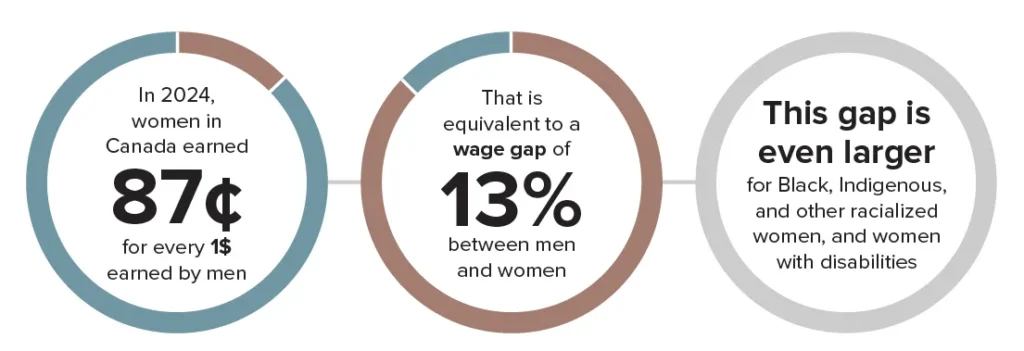Federal Pay Equity Commissioner Lori Straznicky reported a dramatic increase in workplace disputes and authorization requests as employers scrambled to meet their first major deadline under Canada’s Pay Equity Act, according to her 2024-2025 annual report released this week.
The Office of the Pay Equity Commissioner received 77 formal disputes this year, up from just six in the previous fiscal year. Authorization applications jumped by 2,000 per cent, climbing from 21 requests in 2023-24 to 465 in 2024-25.
Most authorization requests (85 per cent) sought extensions for posting final pay equity plans, indicating widespread challenges during the initial implementation phase of the federal legislation.
“The number of organizations committed to getting this right is growing,” Straznicky said in her annual message to Parliament. “While the path forward may include challenges for all involved, momentum is building across sectors.”
Enforcement tools coming in 2025-26
The commissioner’s office is preparing new enforcement measures as it shifts focus from education to compliance monitoring. Administrative monetary penalties will launch in 2025-26, giving Straznicky authority to fine employers who violate the Pay Equity Act.
The office also introduced its first audit framework this year and developed a detailed database of employers to support strategic compliance reviews.
“Our role as a regulator is to support workplace parties in their pursuit of wage equality: by offering clear guidance, ensuring compliance, and reinforcing the principle that equitable pay is a human right,” Straznicky said.

Key decisions establish legal precedent
Two significant rulings this year helped clarify how the Act applies in practice:
- Public Service Alliance of Canada v. Bank of Canada established what constitutes “bad faith” during pay equity implementation
- United Steelworkers v. Canadian Imperial Bank of Commerce defined “matter in dispute” for pay equity plan development
These decisions create legal precedent for future cases and help reduce uncertainty for employers and unions navigating the legislation.
Growing demand for guidance
Information requests to the commissioner’s office increased 69 per cent, rising from 401 in 2023-24 to 679 this year. Employers made 52 per cent of these requests, with most inquiries focused on pay equity plan processes (35 per cent) and dispute handling (32 per cent).
Enrollment in the office’s free online course, developed with Université TÉLUQ, grew from 573 participants in 2023-24 to 941 this year. The course helps employers create pay equity plans and calculate compensation increases.
Annual statements deadline approaching
Most employers face their next major milestone in June 2025 when annual statements become due. These reports must detail job class compositions, compensation outcomes, and implementation progress.
The commissioner’s office launched a dedicated Annual Statement Portal in 2024-25 to streamline the submission process and reduce administrative burden on employers.
Scope of the legislation
The Pay Equity Act applies to approximately 5,000 federally regulated employers and 1.4 million employees across private and public sector organizations, parliamentary workplaces, and ministerial offices with 10 or more employees.
The legislation does not currently apply to territories or Indigenous governing bodies, where pay equity remains protected under section 11 of the Canadian Human Rights Act.
The Office of the Pay Equity Commissioner operates as part of the Canadian Human Rights Commission and works to promote compliance through guidance, dispute resolution, and enforcement activities.






